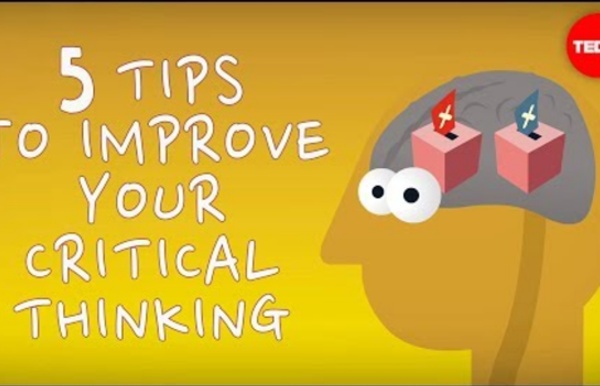



http://www.youtube.com/watch?v=dItUGF8GdTw
Related: How to Think Critically. Fake News • Teaching methods • Research ToolsWe're climate researchers and our work was turned into fake news Science is slow. It rests on painstaking research with accumulating evidence. This makes for an inherently uneasy relationship with the modern media age, especially once issues are politicised. How a well-paid principal helped a struggling school lift academic performance Posted Four years ago, the NSW Education Department undertook an experiment. Fifteen principals were employed on salaries of up to $200,000 per year to try and lift academic performance in struggling schools. All the schools have large numbers of Indigenous students and all are based in regional and remote parts of the state. The program is called the Connected Communities Strategy.
Portraits with fridges, cars and televisions: The evolution of the family photograph in Australia Posted While the ritual of documenting family history has remained a feature for most Australians, it's the situations and locations in photographs that often reveal so much about our modern-day lives. Alistair Thomson is a professor of history at Monash University. During his research and teachings into post-war migration to Australia, he observed how family photographs have evolved over time, particularly what is included in the frame. "The who we photograph has changed less than what we photograph," he told Tony Arthur on ABC Radio.
The tricks propagandists use to beat science Back in the 1950s, health professionals became concerned that smoking was causing cancer. Then, in 1952, the popular magazine Reader’s Digest published “Cancer by the Carton,” an article about the increasing body of evidence that proved it. The article caused widespread shock and media coverage. Today the health dangers of smoking are clear and unambiguous. And yet smoking bans have been slow to come into force, most having appeared some 40 years or more after the Reader’s Digest article.
Examples of learning intentions The learning intention is expressed in terms of knowledge, understanding and skills, and links directly with the relevant curriculum document. The design of learning intentions starts with the answers to these questions. What do I want students to know? 5 Ways Writers Use Misleading Graphs To Manipulate You [INFOGRAPHIC] In this post-truth era, graphs are being used to skew data and spin narrative like never before. Especially with the velocity at which some of these topics spread across social media. All it takes is a single graph from a less-than-reputable source, blasted out to a list of followers, to spread a false narrative around the world. We have already seen this happen many times during the COVID-19 response, which is why we added a new section featuring a few of those misleading graphs! Now the data doesn’t even have to be bad–it could just be presented in a misleading way. I mean, there is a whole Wikipedia page, Reddit community, and hundreds of articles about how graphs can be used to misinform readers.
"fake news" not new 2 clicks Donald Trump may well be remembered as the president who cried “fake news.” It started after the inauguration, when he used it to discredit stories about the size of the crowd at his inauguration. He hasn’t let up since, labeling any criticism and negative coverage as “fake.” Just in time for awards season, he rolled out his “Fake News Awards” and, in true Trumpian fashion, it appears he is convinced that he invented the term. He didn’t. As a rhetorical strategy for eroding trust in the media, the term dates back to the end of the 19th century. 'Sensory-friendly' screenings held for cinemagoers with autism, other venues roll out quiet hours Updated 56 minutes agoTue 24 Jul 2018, 1:57am Cinemas are turning the volume down and leaving the lights up during special 'sensory-friendly' film screenings designed for children with autism. Kirsty Johnson has never taken her youngest son to the movies. While both of her boys are on the autism spectrum, her youngest in particular would not cope with the loud noises, the darkened theatre and all the people. "He would just scream and we would have to leave," Ms Johnson said.
Victorian Supreme Court orders temporary halt to logging due to impact of Gippsland bushfires Updated about 3 hours agoThu 30 Jan 2020, 5:35am The future of the Victorian native timber industry has been dealt a further blow after the Supreme Court ordered a halt to logging due to the impact of this summer's bushfires. The Supreme Court temporarily halted logging in three areas near Healesville, ahead of a full hearing in FebruaryThe environmental group that launched the action fears bushfires in Gippsland destroyed the habitat of threatened species including the greater gliderThe decision puts extra strain on the industry after the Victorian Government announced native timber logging would be phased out by 2030. An environmental group argued in court that the devastation of the East Gippsland fires had placed further strain on threatened species in the state, and that areas untouched by fire in the Central Highlands, near Healesville, must not be logged. "There has been impact from these fires, and we will have to assess what that impact is."